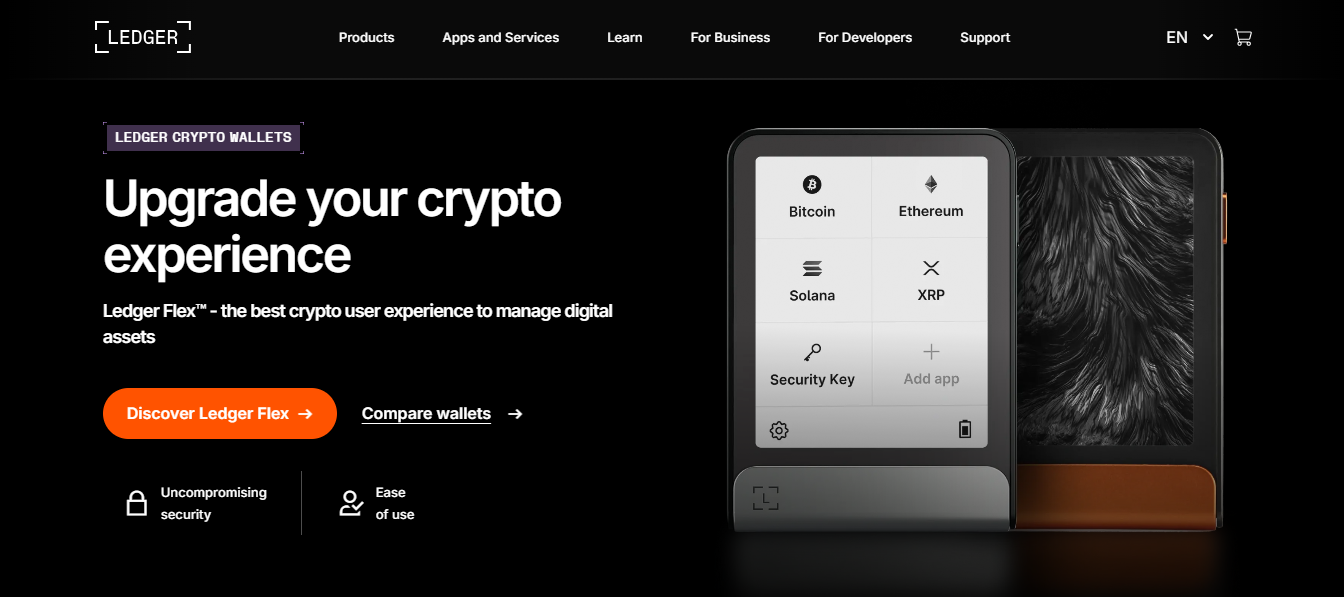Ledger Live Desktop
Official guidance — installation, security, features, and daily workflows
Ledger Live Desktop — manage your crypto with hardware-backed security
Ledger Live Desktop is the official desktop application that pairs with Ledger hardware wallets to deliver secure, local management of cryptocurrencies. Ledger Live Desktop presents portfolio information, composes transactions, and coordinates firmware updates while ensuring all private keys remain inside your Ledger device’s secure element. This guide explains practical setup steps, core features of Ledger Live Desktop, its security model, and recommended daily workflows.
What Ledger Live Desktop does
Ledger Live Desktop functions as your local control center: it aggregates on-chain balances across supported blockchains, shows transaction history, and helps you prepare transfers. Crucially, Ledger Live Desktop does not store unencrypted private keys — those remain inside your Ledger hardware so signing always happens on-device. The desktop app gives you a modern, convenient interface without sacrificing custody guarantees.
Installing and configuring Ledger Live Desktop
Install Ledger Live Desktop from Ledger’s official site and choose the build for Windows, macOS, or Linux. During the first run, Ledger Live Desktop will walk you through connecting a Ledger device, creating a new wallet or restoring an existing one using the recovery phrase on-device, and setting a PIN. Follow the prompts carefully: Ledger Live Desktop will never request your recovery phrase in the app.
- Download Ledger Live Desktop from
ledger.com/start. - Open the installer, then launch Ledger Live Desktop after installation.
- Connect your Ledger device and follow the guided initialization shown in Ledger Live Desktop.
Important — always verify downloads come from the official Ledger domain to avoid counterfeit installers.
Core features of Ledger Live Desktop
Ledger Live Desktop includes portfolio overviews, account management, secure send/receive workflows, staking integrations where supported, and an in-app Manager for installing blockchain-specific apps on your hardware device. Transactions drafted in Ledger Live Desktop require on-device approval; this two-step model reduces the risk of remote compromise while keeping the experience straightforward.
Additional functionality in Ledger Live Desktop includes market price tracking, exportable activity logs for accounting, and curated integrations with trusted swap providers — Ledger Live Desktop surfaces counterparty and fee details to help you make informed decisions.
Security model and best practices
The primary security guarantee of Ledger Live Desktop is the separation of concerns: the app prepares transactions; the Ledger device stores keys and performs cryptographic signing. Always confirm addresses and amounts on your Ledger device screen before approving. Protect your recovery phrase physically and never enter it into software or websites. For heavy users, consider a dedicated, secure machine for high-value operations and enable any recommended OS security controls.
Ledger Live Desktop will prompt for firmware updates; accept updates only after verifying prompts and confirming on-device to ensure authenticity.
Daily workflows with Ledger Live Desktop
Typical daily tasks in Ledger Live Desktop include viewing portfolio value, receiving funds by verifying addresses on-device, sending transactions with explicit on-device approval, and checking staking rewards or swap confirmations. Ledger Live Desktop is optimized so routine actions are simple while high-risk actions still require deliberate physical approval on the hardware.
Backup and recovery
During setup Ledger Live Desktop instructs you to create a recovery phrase on the Ledger device. This recovery phrase is the canonical backup of your wallet; store it offline and protect it physically. If you lose your device, the recovery phrase restores funds on a new compatible hardware wallet. Ledger Live Desktop explicitly avoids storing this phrase to preserve security.
Updates, maintenance and troubleshooting
Keep Ledger Live Desktop and device firmware up to date. Ledger Live Desktop notifies you of updates and facilitates firmware installation, but the device requires on-screen confirmation to apply firmware. If Ledger Live Desktop fails to detect a device, check your USB cable and ports, unlock the device, relaunch the app, and consult official help resources. Avoid third-party instructions that ask for your recovery phrase.
Final thoughts
Ledger Live Desktop pairs a polished desktop interface with hardware-enforced custody. By using Ledger Live Desktop alongside a Ledger device, you get modern convenience for portfolio management and the highest assurance that private keys remain under your control. Follow official download channels, confirm every action on-device, and keep your recovery materials secure to get the most from Ledger Live Desktop.
